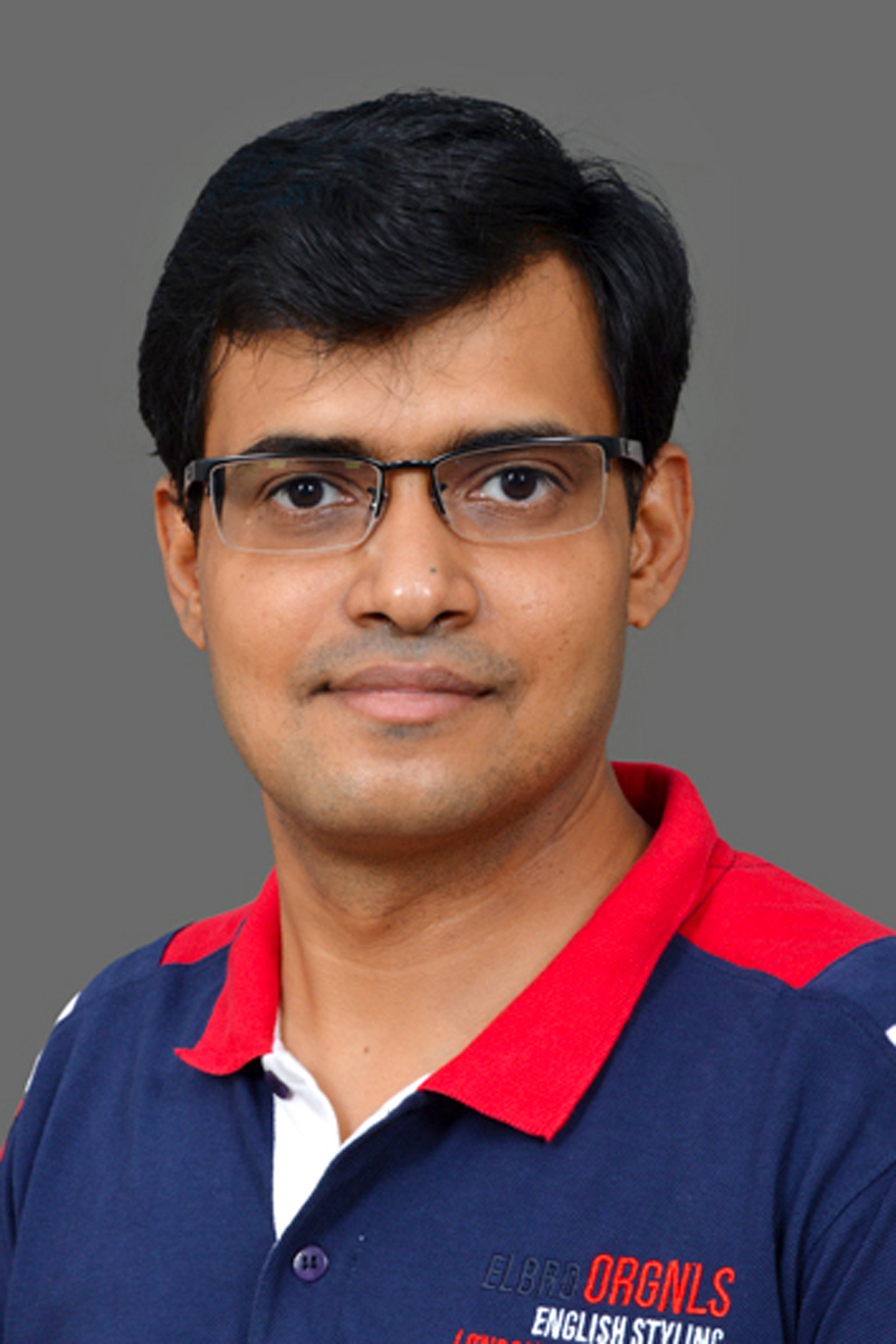Success of a team depends on the synergy of the team. Over the years I have managed many teams with people from various countries like India, Philippines, Brazil, US, UK and few others. Setting aside the cultural differences and working styles, I have found out that the following thought processes played key role in the success of projects undertaken by the team.
Delink effort and revenue
Team members must have the thought process and strategies to delink effort and revenue. Managers tend to make sure that the effort of team members is compensated financially through billing. The drawback with this approach is that focus on value-add goes totally missing. When teams tend to focus on value-add also and trying to match the value-added with the compensation it creates an excitement in the team. This is always on the top of my list in team management. Every role in team must have a goal to delink effort and revenue. Automation is a powerful tool to delink effort and revenue that’s why companies invest in productivity tools.
Create capital
When team members take actions to delink effort and revenue, the outcome of their strategies and actions should be measured by the capital they create. This capital must be investable in other parts of the enterprises. For example if you are programmer develops a component that will do a generic function like logging. If that component is used in other projects then it becomes an intellectual capital invested in those projects. One of the most important goals of knowledge worker is to create “Intellectual capital”
Avoid duplication of effort
The goal here is to minimize the waste of time. Sometimes I have seen multiple people doing the same task independently at same time. This may be a waste of effort. I developed a project management system few years ago that I still use in some of my projects. The system will identify if multiple users are logging effort on the same task at within overlapping hours or in the same day. This will alert the manager to check whether this duplication can be prevented.
Use duplication instead of innovation
I am sure you have heard this from your managers “Don’t reinvent the wheel”. Established companies have time-tested solutions and components for reuse. Use them in your projects. Instead of reinventing the wheel, study the time-tested solution and components and find out how to improve them or how to fix flaws in them. Before you go for innovation in any task justify it at least to yourself.
Convert art to science
The difference between matured companies and capable companies is that in mature companies the crisis have been converted to routine tasks where as in capable companies crisis are still handled as a challenge. Use technology to convert art to science. The tasks performed by team members everyday are not an art like composing music. No task should be a Herculean task. Divide the task into simple steps and conquer it. Empower others to do the same task with ease by knowledge sharing sessions. “Use technology to convert art to science” is a famous quote by Peter F Drucker.
Process first Prowess next
This is a valuable lesson I learnt from my first project manager. While team members wanted to show their individual capability and uniqueness by doing tasks in their own style, managers prefer their team members to do a task in a generic style that can be easily followed by other team members. One of the benefits of doing tasks in a generic style is that you can easily transfer the task to someone when you need to move on to more important tasks. When the task is done in a generic style you can easily get help from others to solve any issues encountered.
Brain first brawn next
We are all knowledge workers and the first thing we are supposed to use when undertaking a task is brain not brawn. I have seen people directly using the “trial and error” approach that results in “trial and terror” because some trials are very costly. Have a clear idea before working on a task. Think and try any task.
Stand on the shoulders of giants
The success of a successor depends on the how far he/she learnt from his/her predecessor. The giant need not be CEO or senior leader of the organization. This can be your teammate who has walked the landmine before you. Borrow other people’s experience. This will provide the vision and clarity in thought process.
Credits and References
- Teams I managed
- Teams I worked
- My managers

Recent Comments